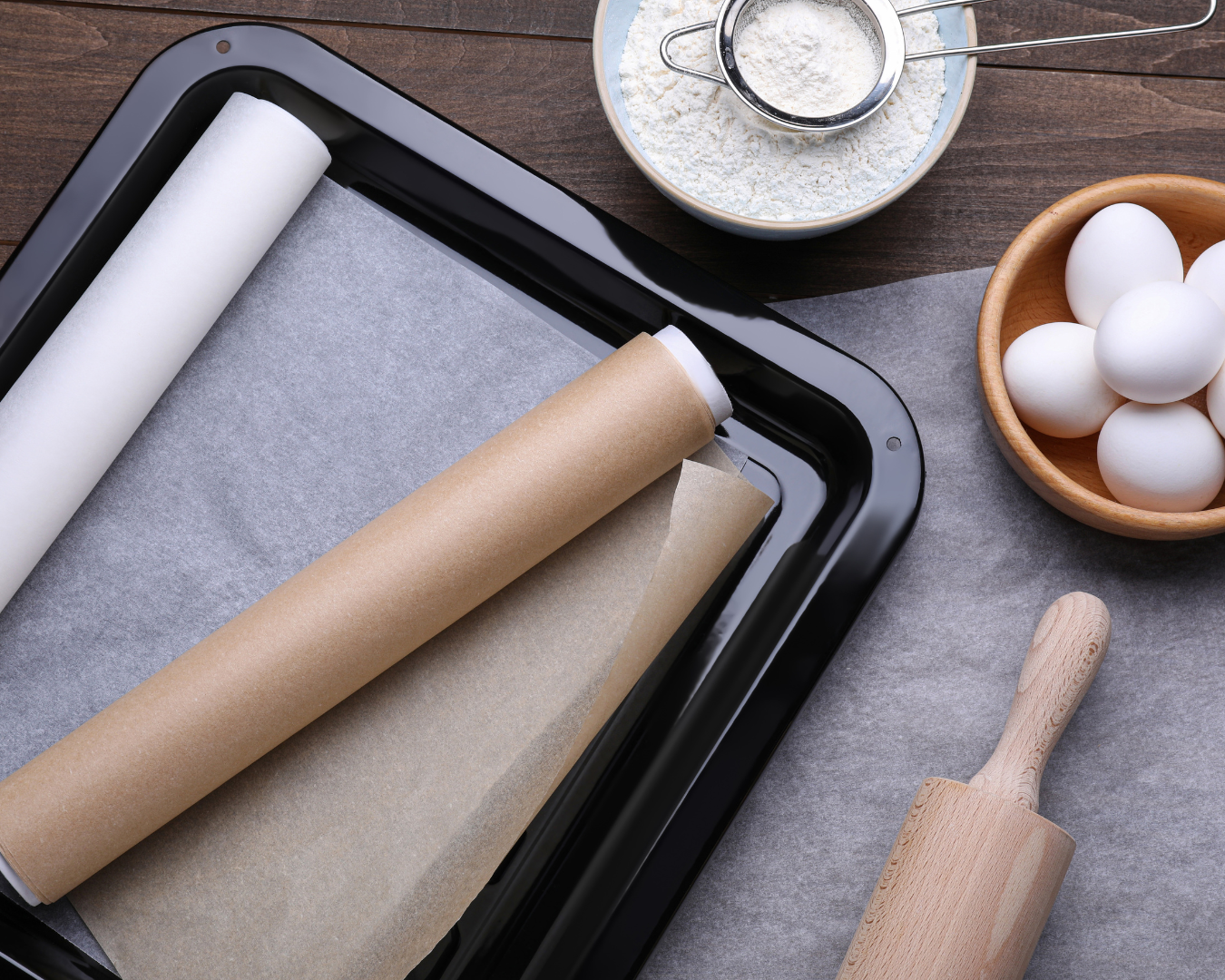Keep Cookie Dough from Sticking: Roll It Out Between Parchment Paper
Baking cookies is a delightful experience, but dealing with sticky dough can quickly turn your kitchen joy into a frustrating mess. One simple and effective way to keep your cookie dough from sticking is by rolling it out between two sheets of parchment paper. This method not only prevents the dough from sticking to your rolling pin and work surface, but it also makes cleanup a breeze. Here’s a detailed guide on how to master this technique and elevate your cookie baking game.
Why Use Parchment Paper?
Parchment paper is a baker’s best friend for several reasons:
- Non-Stick Surface: Prevents dough from sticking without the need for extra flour, which can alter the dough’s consistency.
- Easy Transfer: Makes it simple to move dough from your work surface to the baking sheet.
- Less Mess: Keeps your countertop clean, reducing cleanup time.
- Even Rolling: Helps achieve an even thickness throughout the dough.
Steps to Roll Out Cookie Dough Between Parchment Paper
1. Prepare Your Dough:
- Chill your cookie dough for at least 30 minutes in the refrigerator. Chilled dough is easier to work with and less sticky.
2. Set Up Your Workspace:
- Tear off two large sheets of parchment paper, ensuring they are big enough to accommodate the size of your dough when rolled out.
3. Position the Dough:
- Place one sheet of parchment paper on your countertop.
- Put the chilled cookie dough in the center of the parchment paper.
- Place the second sheet of parchment paper on top of the dough.
4. Roll the Dough:
- Using a rolling pin, start rolling the dough out between the two sheets of parchment paper.
- Roll from the center outwards to ensure an even thickness.
- Occasionally peel back the top sheet of parchment paper to check the thickness and to reposition if necessary.
5. Cut Out Your Cookies:
- Once the dough is rolled to the desired thickness, peel off the top sheet of parchment paper.
- Use cookie cutters to cut out shapes, pressing firmly to cut through the dough.
- Remove the excess dough around your cut-out shapes, then transfer the parchment paper with the cut-out cookies directly onto a baking sheet.
6. Chill Again (Optional):
- If the dough has warmed up during rolling, place the cut-out cookies in the refrigerator for another 10-15 minutes before baking. This helps the cookies maintain their shape during baking.
7. Bake:
- Follow your recipe’s instructions for baking time and temperature. Typically, you can slide the parchment paper with the cookies directly onto the oven rack or transfer the cookies to another sheet.
Additional Tips
- Reuse Parchment Paper: You can reuse the same sheets of parchment paper for multiple batches of dough to save on paper and reduce waste.
- Uniform Thickness: If you want perfectly even cookies, consider using rolling pin rings or guides to ensure consistent thickness.
- Avoid Overworking the Dough: Rolling the dough out too many times can make it tough. Gather scraps and re-roll them minimally.
Rolling out cookie dough between two sheets of parchment paper is a game-changer for any home baker. This simple technique not only prevents sticky dough messes but also ensures a more enjoyable and efficient baking process. Say goodbye to flour-dusted countertops and dough-clogged rolling pins, and say hello to perfectly rolled and easily transferable cookie dough.

